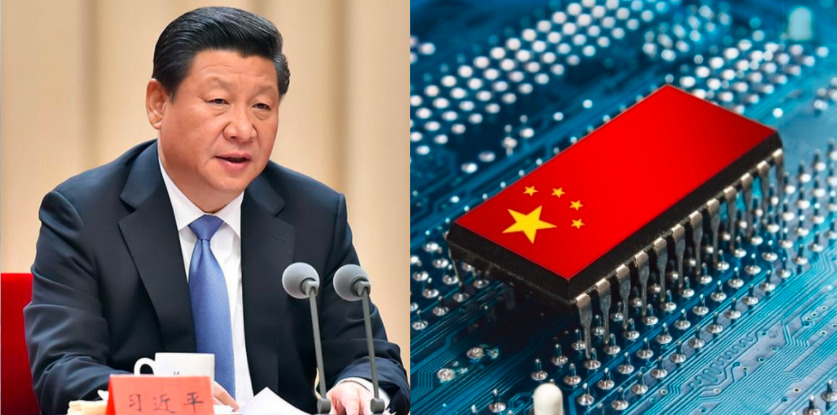The Chinese Communist Party and Xi Jinping had ambitions to make China a hub of semiconductor and microchip production. The aim was to invest in local startups. By supporting companies which show potential and give good results, the CCP wanted to find a national champion in this field.
However, this reckless investment in startups by the local governments led to the creation of multiple Non-Performing Assets, which were in hiding till the pandemic hit. However, the story of a much-celebrated company evaporating in an instant and taking all the investment with itself has shocked the Jinping regime.
The Chinese provinces of Wuhan and Hubei had termed such a startup as a star project. Wuhan Hongxin Semiconductor Manufacturing Co. (HSMC) riding on this wave of recognition, received $20 billion in investments. However, later it was found out that the whole company was fake, the founder was a conman and every promise that the company had made was false. This was the biggest fraud in recent history and has rocked China, and seems like the joke is on the Xi Jinping-led CCP government.
36Kr conducted a probe on the billions dollar fraud by the Wuhan Hongxin Semiconductor Manufacturing Co. (HSMC). HSMC was jointly formed in November 2017 by the Wuhan Dongxihu District Government and Beijing Guangliang Lantu Technology, a company registered by an individual named Cao Shan. However, as the things were unearthed, it was found that Cao Shan was not even the real name of the HSMC founder.
Cao’s name was, in fact, Bao Enbao, who borrowed the name of his family’s driver. He had not only forged his name, but the credentials were falsified too. TSMC never had a VP named Cao Shan, and Acer did not even have an office in New York, while it was the credentials, he had used to fool the authorities in China. In reality, Bao had only completed primary school and lacked the technical expertise required to make semiconductor wafers.
Such issues have been extensively covered by TFI. It was earlier reported, how the trade war, followed by the second cold war with the USA, made Chinese companies starved of consumers as well as of supply lines. The Trump administration had banned the sale of semiconductors based on American secretive design and blacklisted the Semiconductor Manufacturing International Corporation (SMIC) – the largest semiconductor manufacturer in Jinping-led China.
Read more: The great China chip loot: Phony Semiconductor Chip makers scam China of Billions of Yuans.
As reported by Nikkei Asia, The NDRC is trying to work with other government departments and has put tighter supervision in place over semiconductor projects. However, the Jinping administration still hasn’t learnt from these developments and is adamant about chip development and manufacturing. The geopolitical tensions between China and the US are unlikely to be resolved soon, and Chinese manufacturers’ access to US-produced chips and other key components have been severely restricted, which is why the Jinping administration is trying to work things out.
A veteran investor, based in the Yangtze River Delta industrial region, revealed to 36Kr, “The semiconductor manufacturing industry is extremely complicated, with many stakeholders. It is difficult to pinpoint responsibility and hold anyone accountable when something goes wrong during the process. Besides, when actual fraud is found, local governments will swallow their pride, absorb the losses and stop talking about it.”
The Nikkei Asia piece aptly asks, how did HSMC manage to pull the wool over the eyes of its suppliers, industry veterans and government backers simultaneously? The Jinping administration is keenly interested in gathering information from other countries but how did it miss such a big fraud in its own backyard?
